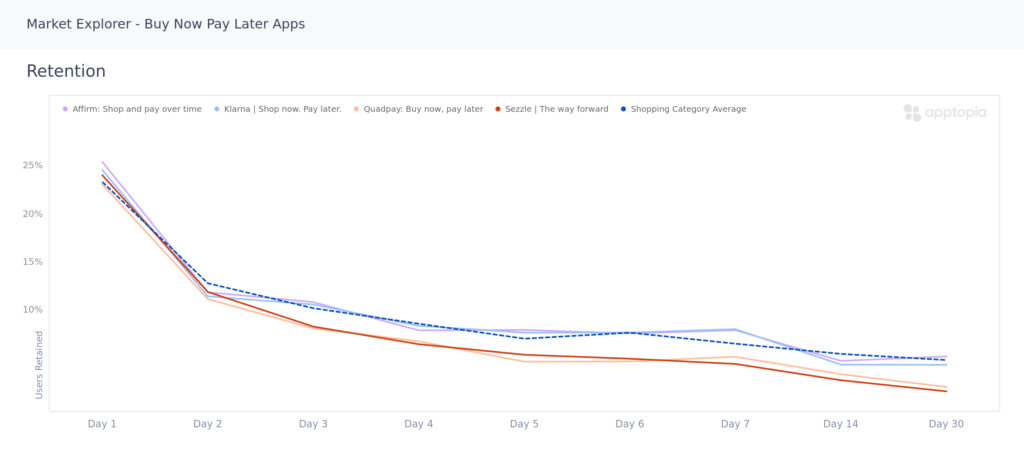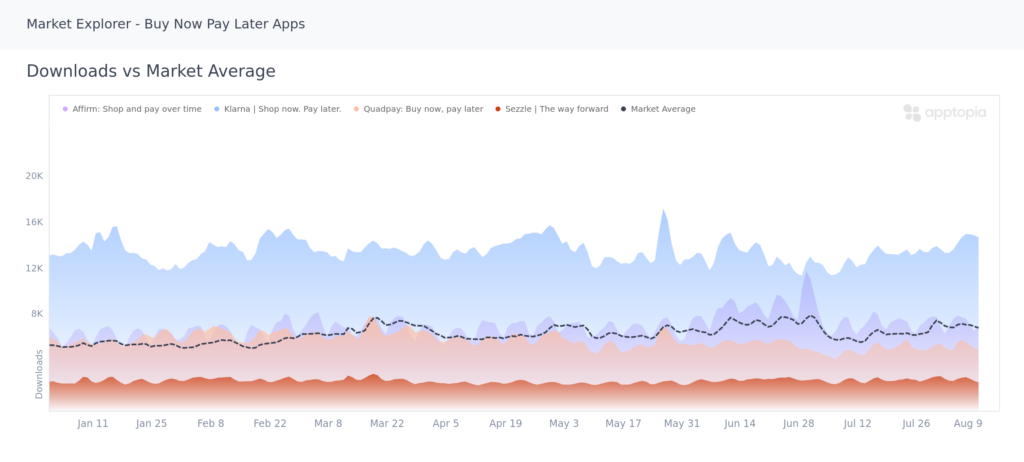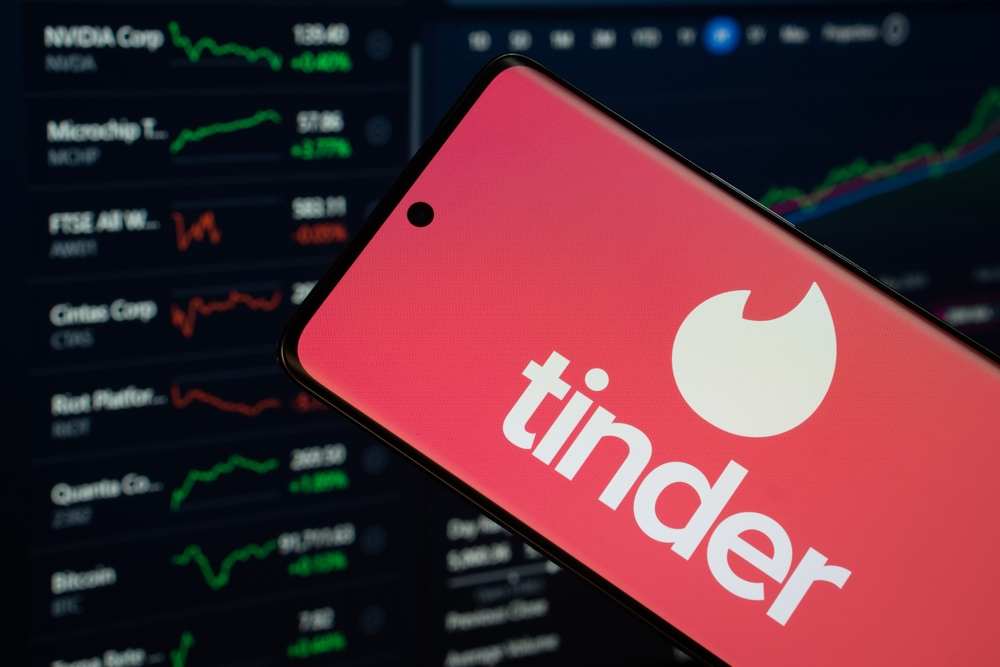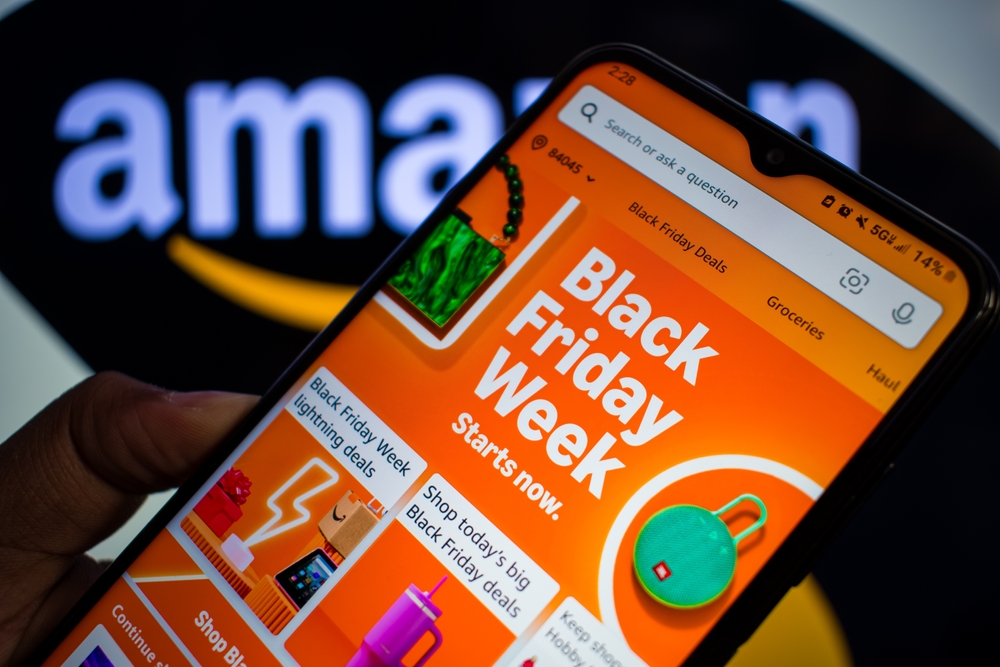For elite athletes, the Olympics is not just about bringing home the gold. The competition offers an opportunity to gauge one’s skill level, compare it to other athletes’, and receive an evaluation based on specific criteria. No matter the outcome of their performance, these athletes now know where they stand on an international level, and what they can do to improve their performance going forward.
Mobile publishers are a lot like elite athletes, minus the leotards and muscles. If publishers operate with blinders on, never looking at their competition, they’ll stunt their app’s growth. Publishers need to know what’s going on outside their four walls, so they can adjust strategy accordingly and improve their game. This evaluation/comparison process is called mobile app benchmarking.
What is mobile app benchmarking?
Mobile app benchmarking is the process by which you compare your app’s performance to the performance of other apps, for the purpose of improving your app. Mobile benchmarking looks different case-by-case, but consists of comparisons/analyses using key performance metrics, like downloads, daily active users (DAU), monthly active users (MAU), retention, revenue, user sentiment or lifetime value (LTV).

Competitive benchmarking helps you set performance standards, or benchmarks, for your app. If your app is performing below the market standard, then there’s room for improvement. If your app is above the standard, then you can use this information as validation to double down on the activities that you believe are driving your success. Benchmarks keep you and your app on track.
Typically, you’ll want to benchmark your app against apps of a similar function and size, so that you get a more accurate view of your performance. After all, I’ve done a cartwheel, but it wouldn’t be fair to compare me to Simone Biles, would it? For long-term growth, however, it helps to benchmark against all tiers of your market. This way, you’re aware of both your current and aspirational competitors. With goals for the future, your strategy won’t go stale and growth won’t plateau.
Why is mobile app benchmarking important to my success?
Mobile app benchmarking provides market visibility: Benchmarking is the only way to get an accurate understanding of your app’s success. For example, if you grew 100% year-over-year, you might think this is fantastic. But if you later find out that all of your competitors grew 200%, it puts your “success” into perspective. It’s possible your growth was due more to market circumstances than any decisions you made.
While the recent surge in downloads of your app may be exciting to your team , it may not be enough to earn a spot above your competitors in the charts. With more context and details surrounding your positioning and performance, you’ll be able to create SMART goals (Specific, Measurable, Attainable, Relevant, and Time-Bound). SMART goals will help you hit your KPIs faster and grow more efficiently.

Mobile app benchmarking helps you make smarter product decisions: Benchmarking helps you determine what app features or strategies are serving you well, and which should be adjusted. For instance, if your revenue is significantly lower than the market’s average, you may want to reevaluate your revenue model or ad spend.
Mobile app benchmarking saves you time, money and resources: The sooner you know what’s working (or not) for your app, the better. Armed with this information, you can maximize your budget and resources. Plus, your established benchmarks will serve as guard rails, keeping you focused and on pace to reach your goals.
How to benchmark your app: a step-by-step guide
1. Build your market. Start by finding apps of the same genre or function. You can browse the app stores or search by specific criteria using a mobile intelligence platform. Keep track of your market in a spreadsheet, data sandbox or custom-built market within a mobile intelligence platform.
Once you’ve gathered a comprehensive list, begin organizing the apps into three categories: direct competitors, indirect competitors and aspirational competitors. While this categorization is optional, it will help you extract more actionable insights at the end of your analysis.
2. Define your goal(s). Is this a general performance check-in for your app? Or, is there a specific KPI or feature you’re concerned about? Knowing what you’re hoping to accomplish by benchmarking your app will help you hone in on the right metrics, and walk away with more conclusive findings. Click here to see what types of data points are available to mobile app publishers.
During this step, reflect on your recent app updates, user acquisition campaigns, ad spend and other activities. If you want to track the impact of these efforts as part of your benchmarking analysis, create a timeline of events, which you can refer back to as you examine the data.
3. Gather data and benchmark. After you’ve built your market of relevant apps, you’ll want to analyze their performance, and compare it to yours. If you’re a games publisher looking to increase app engagement, for instance, you may be interested in comparing DAU.
To do this, you’ll need to collect publicly reported DAU, or access estimated DAU from a mobile intelligence platform. If you opt for a mobile intelligence platform, you can access DAU/average DAU for any time period, and at any granularity— daily, monthly, quarterly or custom. These platforms provide category benchmarks, and display market averages automatically, so you can analyze your mobile performance at a quick glance.

If benchmarks have not been provided for you, calculate the average DAU of your market, and see how your number compares. Comparing your performance to a single average will give you a baseline idea of where you stand in the market. Then, look at the DAU of specific apps. Determine which apps are performing better, the same or worse than your app.
4. Assess performance and adjust accordingly. During this step, you’ll want to consider questions, like:
- Does your performance match up with your direct competitors?
- Is your performance an outlier? If so, what are you doing differently than your competitors?
- Do you notice any shifts, upticks or declines in performance during the time period analyzed?
- Do any of the shifts correspond with the timeline of events you jotted down in step two?
After reflection, determine whether or not your competitive strategy needs adjustment. Then, implement any necessary changes.
5. Repeat! You should benchmark your mobile app regularly, or at least on a quarterly basis. This way, you can see if your recent efforts/changes have improved your performance, or changed your market positioning at all. Each time you benchmark your app, be sure to add new entrants to the market, if applicable.
“Repeat” also means repeating the process for different metrics, in order to gain a full understanding of your app’s competitive positioning. For example, your downloads could be low, while revenue is high. This means you have highly engaged users that are willing to spend. If you only benchmarked your app using one of those metrics, you wouldn’t have caught that detail.
Outside of performance metrics, you can benchmark your app based on metadata, user reviews or user experience metrics, like load speed. While some of these data points are more qualitative in nature, they will provide valuable insight into your current and future growth.
Start benchmarking your app for free with a custom market report





